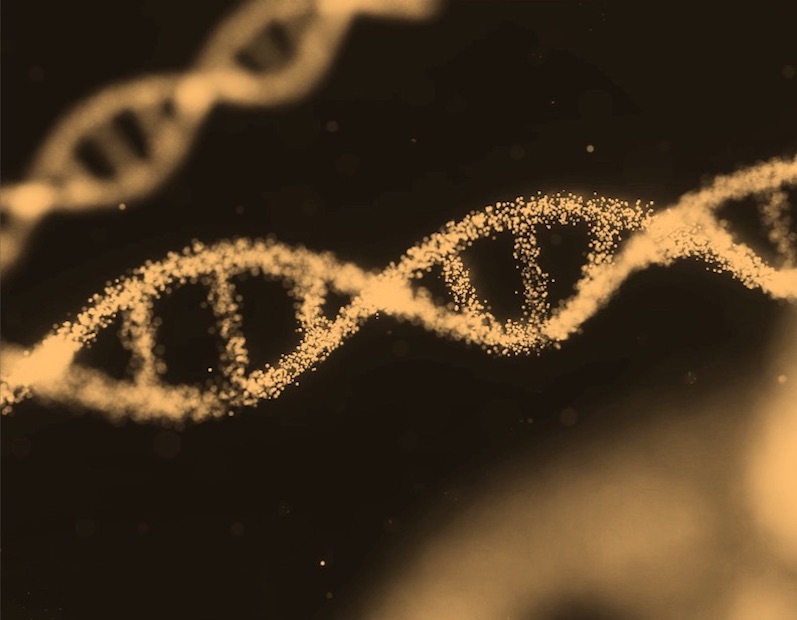What is it about?
This work shows how to evaluate the true spread of infection when some manifest as symptomatic and some as asymptomatic. SARS-CoV-2 is an example of such an infection as the diagnosed COVID-19 cases are only a subset of the infections. Regardless of symptoms, SARS-CoV-2 infection may cause antibodies to develop. We use antibody measurements collected based on population random sampling to evaluate the true spread of SARS-CoV-2 infection in Finland during the early phase of the 2020 COVID-19 epidemic.
Featured Image

Photo by CDC on Unsplash
Why is it important?
This publication describes, in detail, an analysis which was performed during spring 2020 in real time. The main results were made public during summer 2020 and they informed about the spread of SARS-CoV-2 in Finland. We applied a statistical framework which addresses some of the challenges in comparing the diagnosed COVID-19 cases and antibody measurements. Our work shows that Finland had very low incidence of SARS-CoV-2 during spring 2020 compared to other European countries.
Perspectives
While the analysis was done during a span of a few weeks during the hectic spring 2020, it took three years to finalise this publication. The analyses and the interpretation of the results were always solid, but I was not satisfied with them until every strength and weakness had been written out. It was a great collaboration and a learning experience.
Tuomo Nieminen
Finnish Institute for Health and Welfare
Read the Original
This page is a summary of: Underreporting of SARS-CoV-2 infections during the first wave of the 2020 COVID-19 epidemic in Finland—Bayesian inference based on a series of serological surveys, PLoS ONE, June 2023, PLOS,
DOI: 10.1371/journal.pone.0282094.
You can read the full text:
Resources
Contributors
The following have contributed to this page










